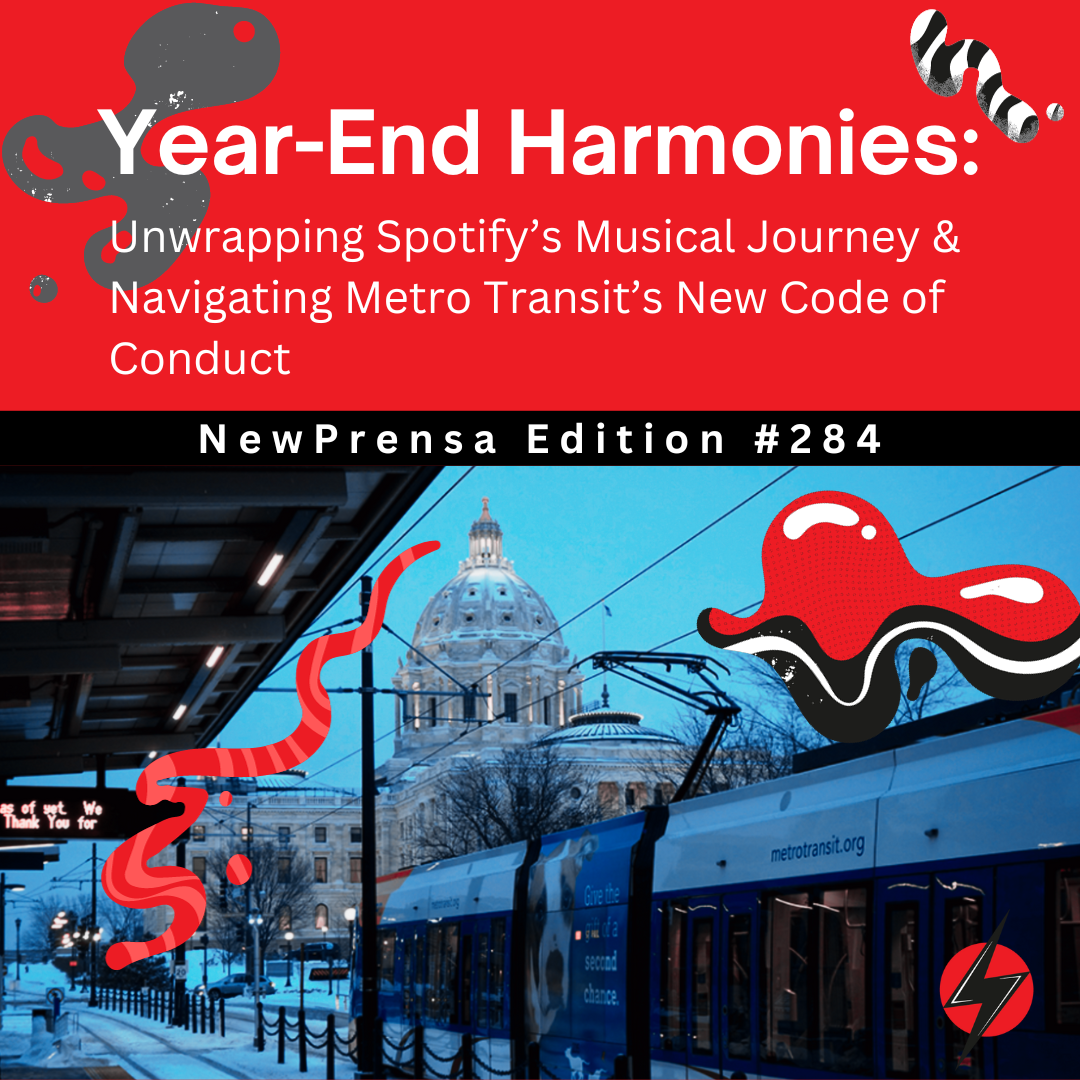This week’s edition covers stories
from November 23rd to November 29th, 2023.
Today’s issue is 1400 words, a 9-minute read.
Ebelin talks Spotify Wrapped and their marketing campaign, the new code of conduct for Metro Transit Lines and the myth about what the Twin Cities public transit system used to be.
Hey readers, it’s Ebe. I hope you all had a wonderful and restful holiday weekend as we all shift back into gear again with our regular schedules! As for me, I spent my break playing lots of Animal Crossing and watching weird Indie films like Mad God (2021). Definitely not one to give you the warm fuzzies. If you like movies that make you feel changed after watching, this one is for you. I also recently became a mom! A CAT MOM, that is. Check out my kitties, Beocca (left) and Horchata (right). I now understand why pet owners have 3 million photos of their furry friends on their phones. I can’t get enough of them!
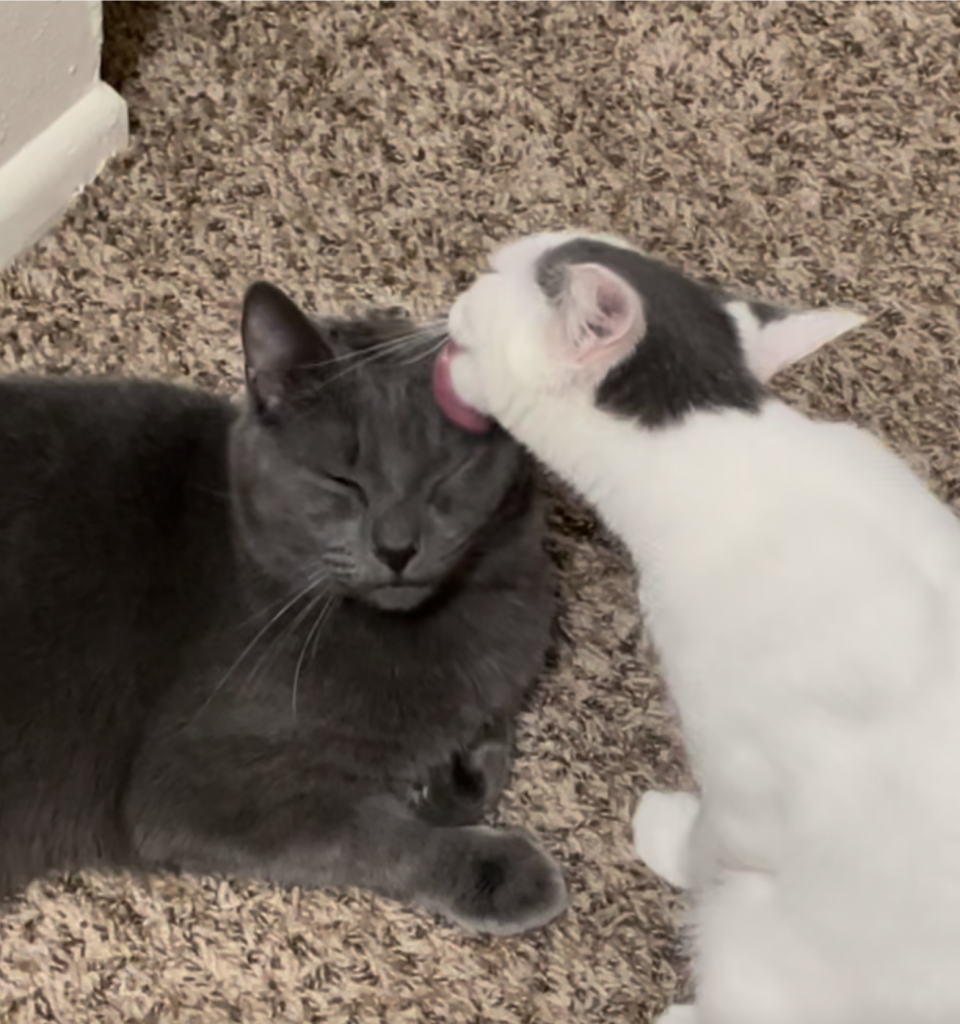
This week I’m talking about what every Spotify user looks forward to towards the end of the year: Spotify Wrapped. I’ll also update you guys on the new code of conduct for Metro Transit lines and tell of the interesting myth about why the Twin Cities public transit system isn’t what it used to be.
It’s the most wonderful tiiime of the yeeaar 🎶 “Have you gotten your Spotify Wrapped yet?” That’s probably what you’ve heard seemingly everyone around you ask each other as of yesterday. For those who don’t use Spotify, every year since 2016, Spotify has provided its users with a summary of their listening trends over the past year, including their top songs and top artists. Every year the presentation and the variables change, so even if you listen to the same four artists/songs, you get a new perspective every time. One difference I noticed this year, for example, was it showed me what artists I listened to the most during a particular part of the year. It’s interesting to reflect on what was going on in my life at that time and why I was listening to what I was listening to.
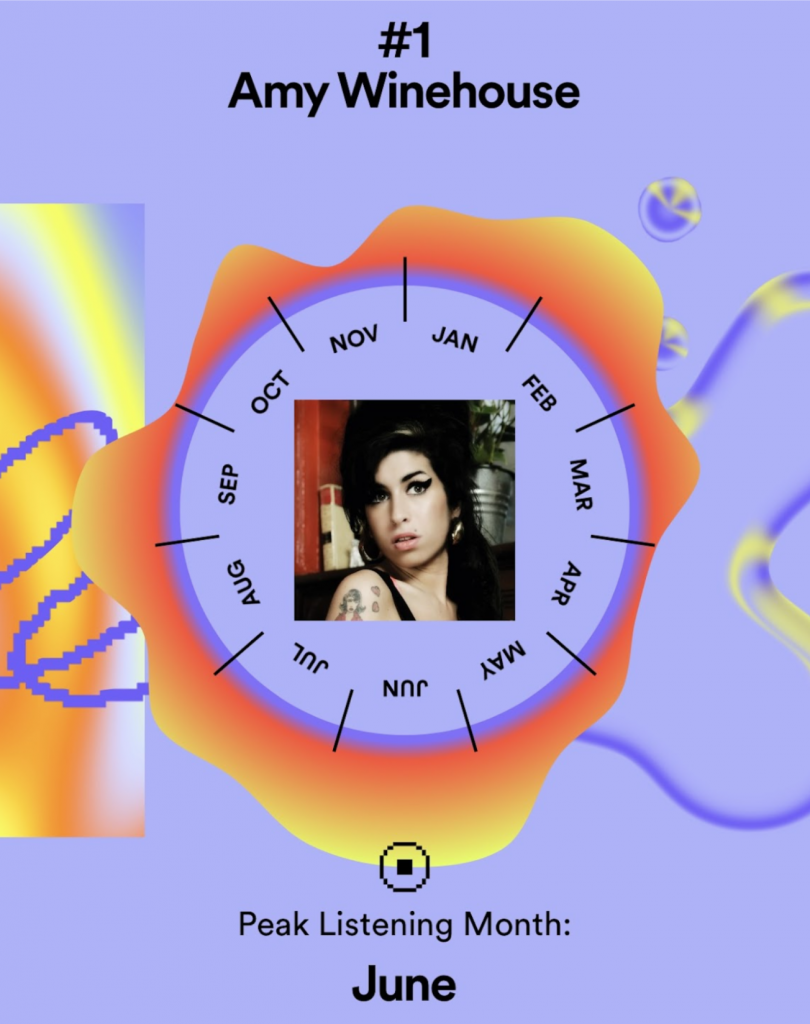
As you can see, Spotify puts a lot of work into the design aspect of Wrapped, and the summaries (which can only be seen on a mobile device) are meant to be shared on social media based on the dimensions of each “card”. So how has it changed over time and why do people love it so much? Well, in the beginning, Spotify started off with a simple approach. In 2017, users’ Wrapped consisted of listening minutes, their top genre, artists, and songs.
In the subsequent three years, Spotify consistently unveiled annual recaps showcasing users’ listening patterns. The visuals received a boost in 2019, featuring vibrant colors and attention-grabbing contrast. 2020 brought the inclusion of podcast consumption trends, while 2021 opted for a gentler Wrapped design and text arrangement in light of a challenging year. Emphasizing connectivity, the 2021 Wrapped allowed users to compare their listening profiles with loved ones and introduced the intriguing concept of their “Listening Aura.” However, the most significant transformation occurred in 2022, as Spotify elevated Wrapped to unprecedented heights by unveiling 16 distinct “Listening Personalities.” These profiles delve into what your music preferences reveal about you. Additionally, they introduced “Audio Day,” unveiling how listeners’ musical inclinations evolve from morning to evening.
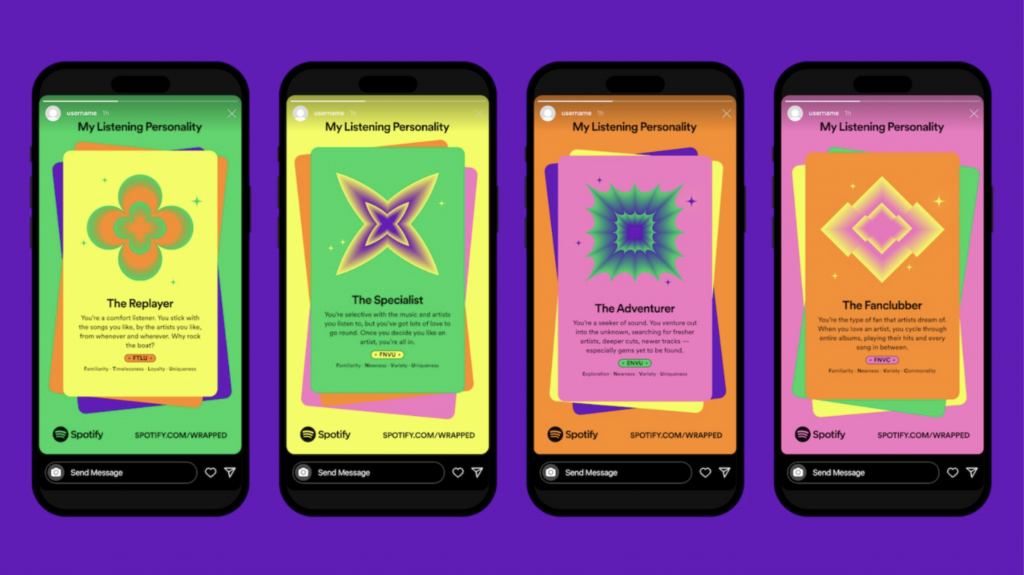
Simply put, Spotify Wrapped makes users feel special through leveraging personal identities and nostalgia. A playlist is developed for you of your top 96 songs over the last year, which you can save and revisit to be reminded of the good times and the bad times. Although Apple Music has released its own version, it doesn’t quite compare to the OG Wrapped. As someone who loves looking for trends within data, loves graphic design, and loves music, I’m fascinated by how Spotify is able to pull all of these things together every year in refreshing and exciting ways.
Read more about how it works here!
Shifting gears into local news, the organization overseeing the Green and Blue light rail lines in the Twin Cities, The Metropolitan Council, is about to approve a new set of rules. These rules aim to improve the behavior and cleanliness of the platforms, trains, and buses. The approval for the new rules is anticipated next month, with the changes taking effect in the first quarter of 2024. This timeline allows for public awareness, as well as the installation of signs on cars and stations. The new code, which is stricter and includes enforcement measures from a new safety program, will replace the current, less strict rules. It’s worth noting that although light rail safety is often in the spotlight, the new code will be applicable to the entire Metro Transit system.
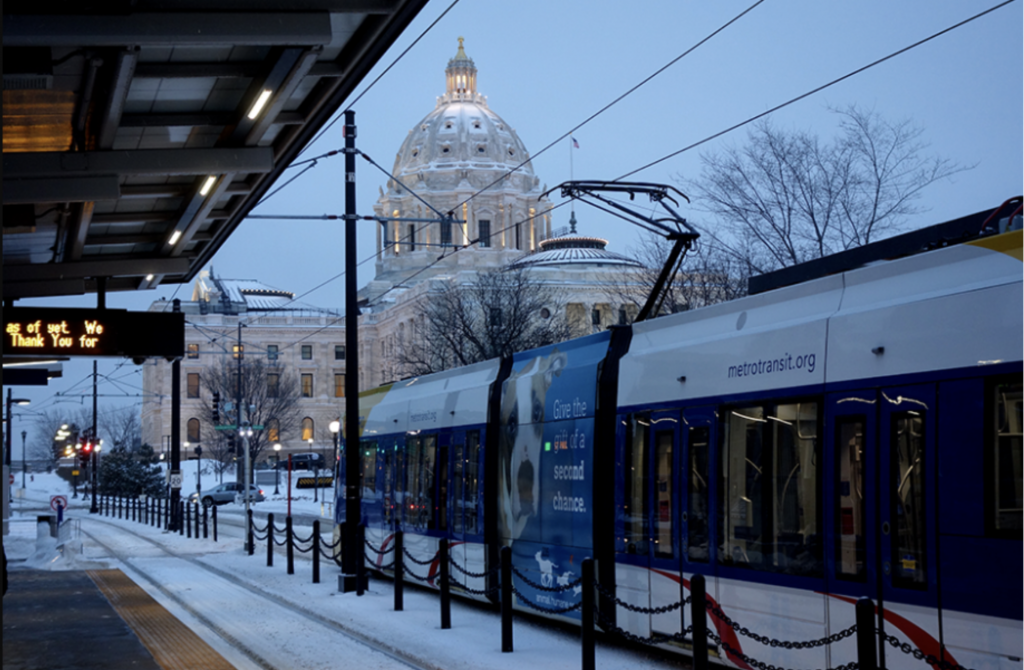
One major change is that only Metro Transit officers will be authorized to remove people from transit, but other non-sworn transit workers and community service officers can ask violators to follow the rules and summon police if needed. Non-sworn traffic workers will also now be issuing “administrative tickets” that come with fines of $35 with increases to $100 for repeat offenders who can also be banned from the transit system for 60 to 120 days. An administrative hearing system will replace courts and prosecutors in an attempt to shift police officer’s attention to handling more serious violations instead of enforcing citations. Beginning sometime next year, new transit rider investment program (TRIP) personnel will begin patrolling stations and vehicles to enforce fares, monitor code of conduct adherence and help riders navigate the system. The legislation, however, can absolutely NOT kick people off transit if they are sleeping, given they don’t violate any other part of the code.
So what is prohibited and what is allowed?
Five things are required of all riders:
- Their fares paid
- Tops, bottoms, and shoes
- Only occupy one seat
- Have any non-alcoholic drinks covered
- Keep animals in carriers unless they are service animals
A few things that aren’t allowed:
- Sexual or discriminatory treatment
- Phone calls or music played through a speaker
- Vulgar language
- Eating
- Soliciting, gambling, panhandling or loitering
- Taking flammable or hazardous items on platforms or vehicles
- Any items that blocks aisles
- Riding bikes, skating or skateboarding
Read more about the new code of conduct here.
Speaking of public transit system changes, did you know that the Twin Cities was once connected by an intricate and efficient system of street cars? If you knew this already, you’ve probably also heard of the story that industrialists connected with the auto and motor bus industries bought up North American streetcar lines only to shut them down and sell more cars and buses. But, what if I told you that this was a myth?
Ever since my friend, Ziz, told me this story I have been angry at the wrong people ever since! Apparently, according to this article by Jake Berman, the destruction of the Twin City Rapid Transit Company was the doing of a Wall Street financier, a crooked lawyer, and the Minneapolis mob. In the 1940’s the street car era was coming to an end, and then company president of Twin City Rapid Transit, D. J. Strouse, undertook major investments to modernize the busiest streetcar lines and bought brand-new, state-of-the-art President’s Conference Committee (PCC) streetcars to serve those lines. It was this decision that put into motion a set of events that would lead to the collapse of the railway system.
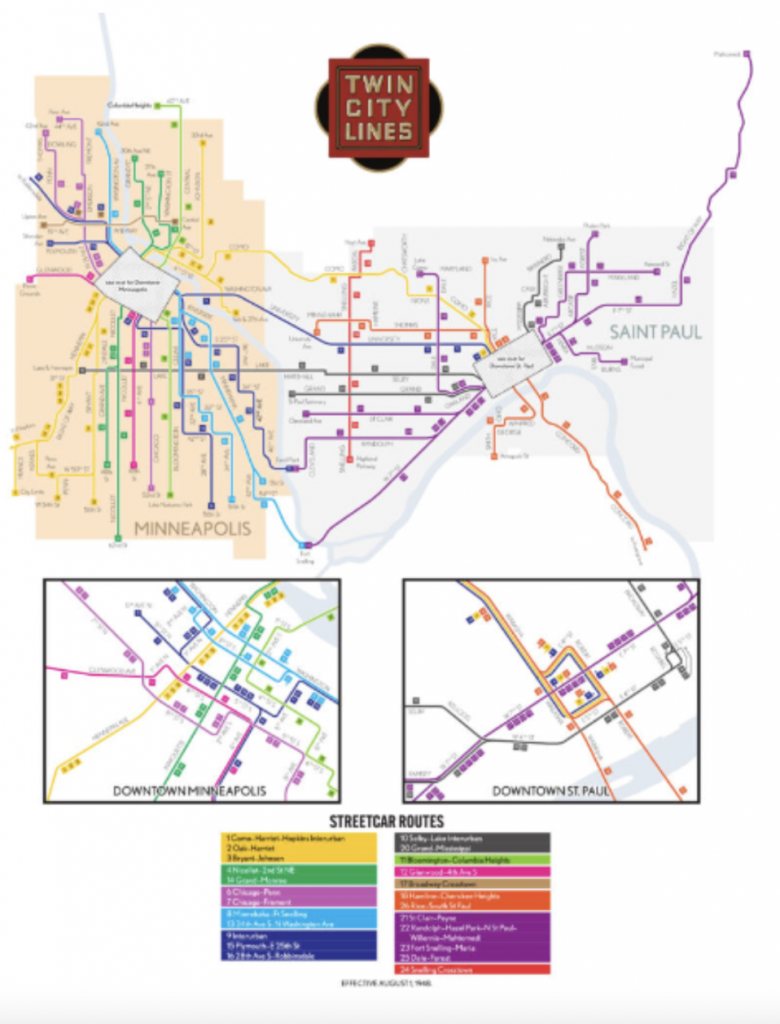
In 1948, New York financier Charles Green bought 6,000 shares of Twin City Rapid Transit stock, expecting a stock dividend that never materialized. Furious, he attempted a hostile takeover, gaining support from Isadore Blumenfield (Kid Cann), the godfather of the Minneapolis mob. With lawyer Fred Ossanna, they waged war against the existing management, successfully kicking out company president Strouse in 1949.
Green, who was now in charge, implemented drastic changes, promising to replace all streetcars with buses by 1958. He cut jobs, reduced service, and sought a fare hike, causing ridership to plummet. However, Green’s aggressive style led to internal conflicts. By 1950, Ossanna and Kid Cann turned against him, forcing his resignation. Ossanna became president, continuing the streetcar shutdown and engaging in corrupt practices.
The closure of Twin City Rapid Transit marked the decline of mass transit in the area. Attempts at subways and pod-car systems in the 1960s and 1970s failed. It wasn’t until the 21st century that the METRO light rail lines, paralleling old streetcar routes, revived rapid transit. Despite their success, they lack the comprehensiveness of the old streetcar system, which, in the 1940s, had foresight in combining buses for marginal routes and retaining high-capacity streetcars for busy routes. The meddling of a corporate raider, a crooked lawyer, and the mob king altered the course of Twin Cities transit, leaving one to wonder what might have been.
Read the detailed story here.
That’s all from me, we’ll see you next time.
-Ebelin
Hit play on the Spotify icon below for the NewMusica playlist, a playlist by the NewPrensa team that brings you NewTaste and NewVibes.
Advertisements


We’re Communications Specialists by day
and learning to play jazz
by night!
Do you enjoy reading NewPrensa?
Forward it to someone you think may enjoy it too!
Got suggestions, feedback, or a good scoop?
Send it to us at newprensa@newpublica.com or message us on instagram @newprensa
If someone sent this newsletter your way, feel free to subscribe to get local, BIPOC news delivered to your inbox every Thursday morning.

